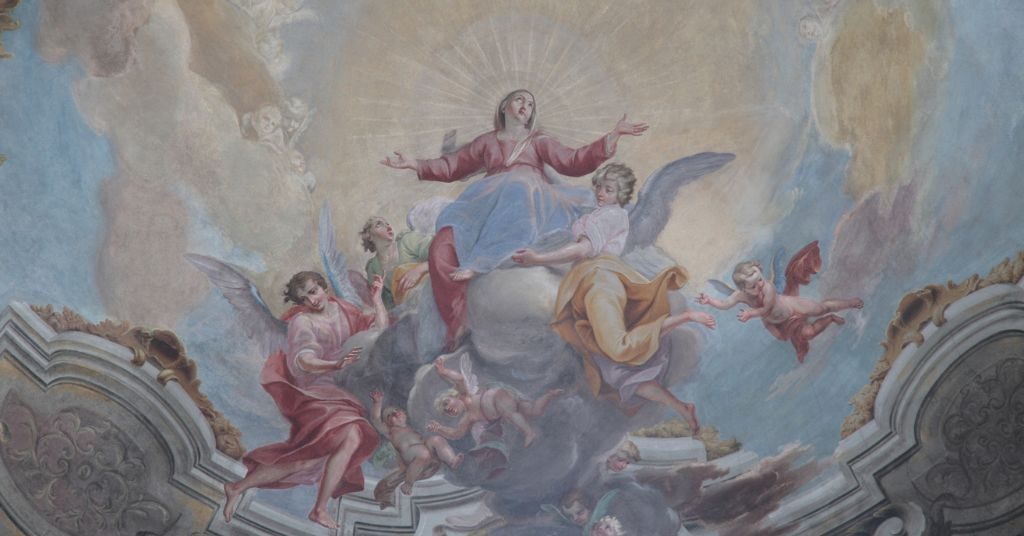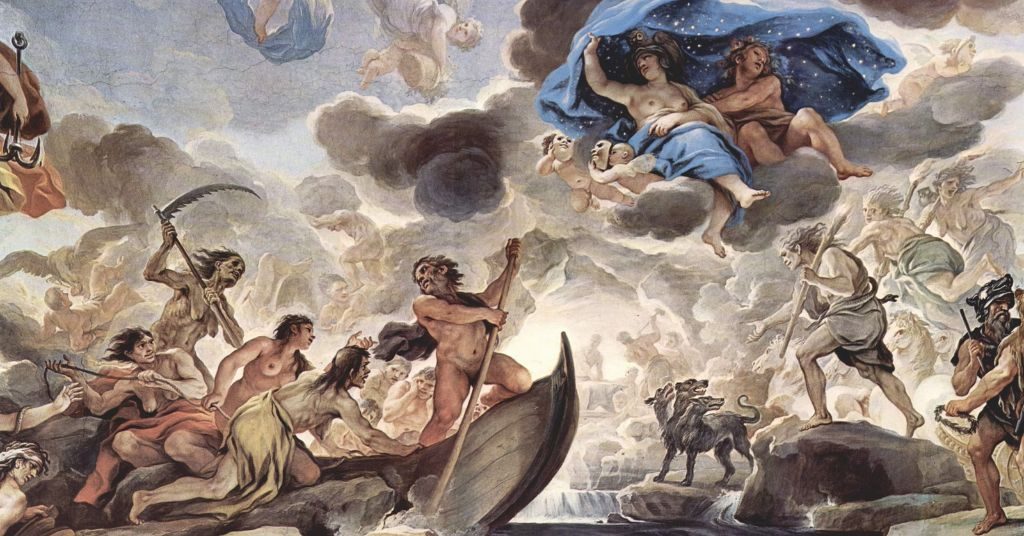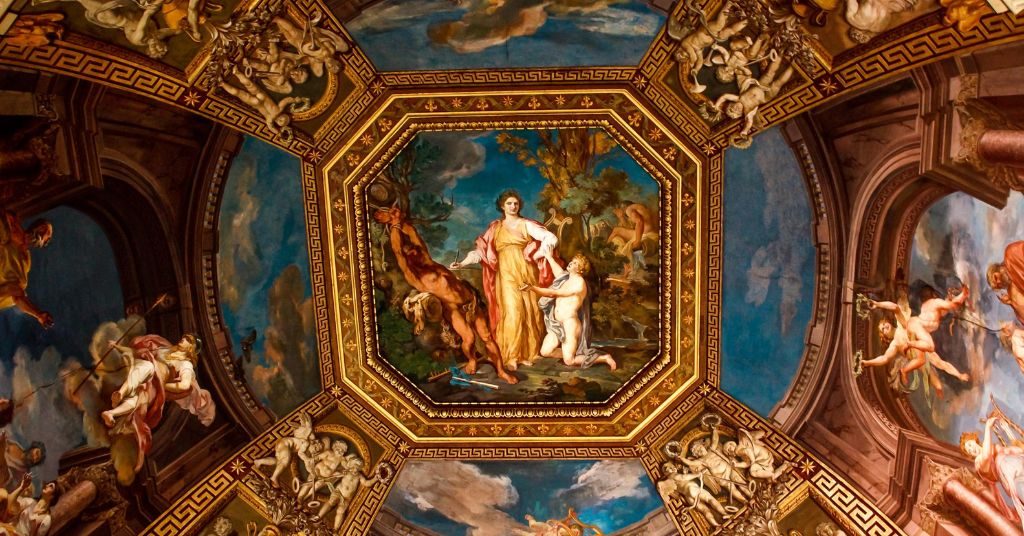We all know the importance and influence of Renaissance art not only in European history, but throughout the world. This period’s innovation and enlightenment characterised it vividly from other significant periods. Also, the art that came during this time still leaves its signs & effect on the contemporary art world. Moreover, many artists in today’s world, take inspiration from Renaissance art to create something worth remembering.

Before Moving Ahead, Let’s Get To Know What Renaissance Is?
Derived its origin from the Italian word rinascita, meaning “rebirth”, Renaissance is actually a French word. That’s why the Renaissance period was a time of rebirth of almost all the societal and cultural faculties. It includes science, art, technology, mathematics, religion, philosophy, politics, and so much more.
The period of Renaissance started in Florence (Italy) soon after the Medieval Period in Europe, during the 14th century. In Europe’s history, the Medieval Period is considered the darkest time, often referred to as Dark Ages. The reason for the same is due to its varied political and socio-economic disruptions.
The period of the Renaissance is a light to the darker time of the Medieval period. Furthermore, the Renaissance era developed new concepts and ideas and gave birth to many great humans who contributed their talents and money to this period’s fame and fortune throughout history.
Related Article: Why Is Frida Kahlo Important In Art History?
The Evolution of Renaissance Art

No wonder there are varied characteristics that differentiate Renaissance art. It could be paintings, architecture or sculpture. These were the prominent art forms during that time. Mentioned below are the Renaissance art characteristics which are essential to know the art of this period better:
1) Naturalism
The technique of “Naturalism” evolved when artists studied the human form. This particular Renaissance art characteristic depicted realism and appeared more true to nature. Moreover, several artists studied human anatomy by studying dead bodies to better understood bodily movements. The process helped them create more realistic portrayals of muscles and limbs.
2) Contrapposto
Contrapposto was another renaissance art technique utilised by many artists. This technique helped artists enhance the realism of figures and the way they stood. The process created the composition more fluid and life-like. Originally, this technique was started during the Classical era and rebirthed again during the Renaissance era. Contrapposto often compared to the flatter and more vertical portrayals of figures from previous art periods.
3) Chiaroscuro
Chiaroscuro is an Italian word which means “light-dark”. This particular technique concerns the play between colour contrasts of light and dark. This Renaissance art technique creates a three-dimensional effect and a heightened emotional intensity to the art. Also, it adds to the realism of the composition as it portrays light and shadows.
4) Sfumato
Came from Italian origins, Sfumato relates to the word smoky, soft, or blurry. Artists used this technique to blur colours from light to dark. They combined into haziness, thus giving the idea of the illusion of space or form. Also, it was used to blur lines and borders so the composition looked more natural. That’s one of the many reasons why artists utilised this technique in landscapes for backgrounds and to create an atmospheric perspective renaissance art effect on facial features.
Check Out This Article: Top Six Famous Classical Music Composers Of All Time
Now, Let’s Get To Know The Chronology of Renaissance Art
The art of the Renaissance period is often categorised into several timelines and phases, such as the early Renaissance, the High Renaissance, the Proto-Renaissance, and others outside of Italy. These were often referred to as the Northern Renaissance.
1) Proto-Renaissance
The Proto-Renaissance or Pre-Renaissance period started around 1300 to 1425. The period noticeably had a Byzantine style to it, with iconographic portrayals of religious subject matter. These portrayals have two-dimensional and flatter appearances. However, various artists explored different modes of portrayal beyond expectation from the Medieval art form of that time.
Moreover, Cimabué and Giotto were the two prominent artists during the Proto-Renaissance period. They created compositions that have more naturalistic and reminiscent of the Classical era’s realism.
2) Early Renaissance
The Early Renaissance period started during the 1400s, somewhere around 1400 to 1495. Artists from this period began portraying more natural features and utilised perspective in their paintings. Also, artists backed away from the stricter religious subject matter and contained more secular mythological scenes and figures.
The period of the Early Renaissance started in Florence. It was considered a cultural hub of Italy, especially for the visual arts. Since Florence was a republic, artists received more freedom of expression. During that time, the way people saw themselves and the world was starting to change. The Humanism philosophy took shape, and people began believing in their own capabilities.
3) High Renaissance

The period of the High Renaissance was more inclined in Rome, under the rule of the Catholic Church of the Pope. The period started around 1495 to 1520, which was the cultural culmination of artistic goodness. Moreover, during this time, painter, architects and sculptors refined their techniques and created something new using novel items, such as oils. It gave their paintings a completely different outcome.
Leonardo da Vinci, Michelangelo, and Raphael were the most prominent artists of the High Renaissance period.
4) Northern Renaissance Art
The period of Northern Renaissance Art started around the 1430s to 1580s in countries like Germany, Belgium and the Netherlands. It was significantly different from the Italian Renaissance period. This particular period did not impersonate the Classical era’s integrity. Instead, it was highly influenced by the Gothic style of art.
Related Article: Michelangelo And The Creation Of Adam
Final Words
No wonder each renaissance period brought out different and unique artists during its era. The period of the Renaissance and its influence on artistic exploration still lingers in the contemporary art that artists create today. Renaissance paintings explain the answer to questions that is hard to find in books but available in their own exploration.
If you are intrigued to gain more such artistic pieces of information, visit PiggyRide to browse more such content. Not only that but also, people get to explore different sections to learn something new every day, enhancing their knowledge in the process.


Leave a Reply